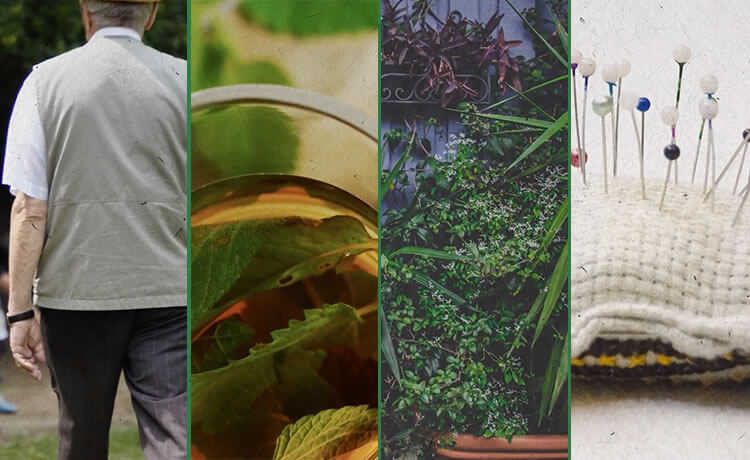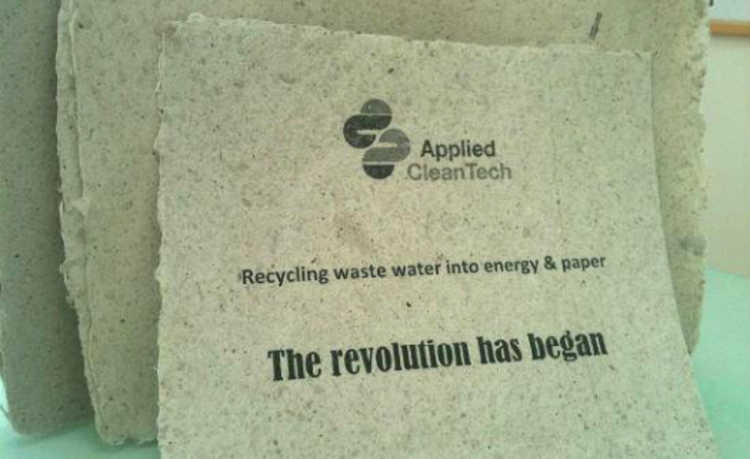Enough of plastic: discover the straws made of titanium
Different straw seeks to reduce plastic consumption with reusable titanium option

Americans Steve Kelly and George Palagonia love titanium. Both were creators of two successful projects: the TiSushi Sticks (titanium chopsticks) and the DeCAPitator (a multifunctional titanium bottle opener). From the company SKNives, they brought another novelty... Guess what material was used? Yes, titanium again (thankfully it's the ninth most abundant element in the earth's crust), but this time the material to be "titanized" was the seemingly simple straw.
Have you ever stopped to think that the plastic straw you use when having a drink in a bar or restaurant has a tiny shelf life? On a large scale, tons of straws go to waste daily after their two or three minutes of use. To give you an idea, in the United States alone, 500 million plastic straws are used and discarded daily.
Unfortunately, the vast majority of these straws end up in the oceans, causing more than a million seabirds and 100,000 marine mammals to end up ingesting plastic. See just other impacts of straws on nature obtained from the Choose to be Straw Free website:
- 6 million straws were harvested during annual beach cleaning events;
- Straws are made from polypropylene - a petroleum product;
- 44% of all seabird species and 22% of cetaceans ingested plastic;
- 90% of all garbage floating in the planet's oceans is plastic.

For the creators of the titanium straw, the idea is quite simple: reduce the unnecessary consumption of plastic and the problems that this brings to health and the environment. Unlike plastic, titanium is a strong, resistant and hypoallergenic material that, with some maintenance, can last a long time.
The straws are handcrafted and each comes with its own cleaning brush. They can be curved or straight. The creators advise that the washing be done with a mixture of hot water and soap to ensure a more thorough cleaning after use - they also claim that there is no release of chemicals when the product comes into contact with any liquid (which can happen in the case of plastic, which releases BPA).
The idea was financed collectively and raised ten times the amount requested. To learn more about it, visit the campaign's website.
And now that you know the problems with the plastic straw, avoid it whenever possible. If you are an aesthetic and practical fan of the straw, there is the "titanic" option.










